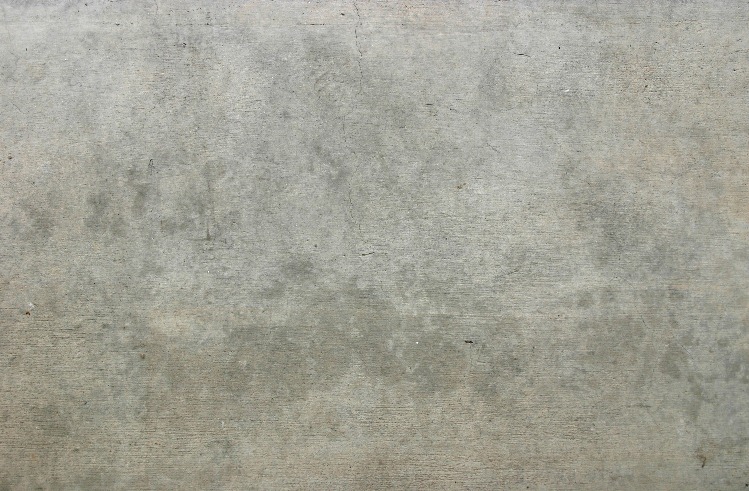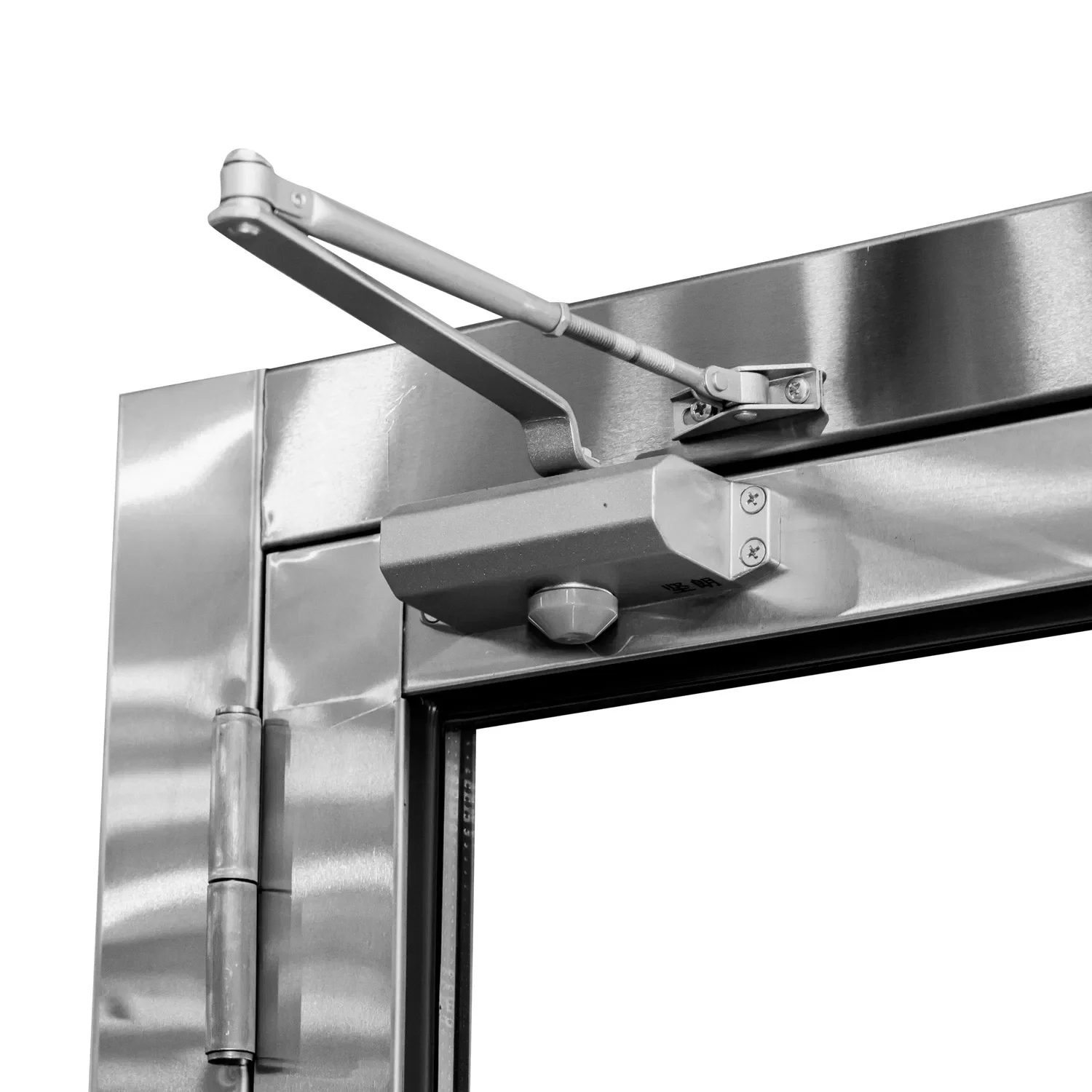Decoding the Architecture: A Comprehensive Guide to Wall Construction Types

In the realm of architecture and construction, walls are more than just partitions that separate spaces. They are structural elements that bear the weight of the building, provide insulation, and offer aesthetic appeal. The question, How many types of wall construction are there? may seem simple, but the answer is far from it. The types of wall construction are numerous, each with its unique characteristics, advantages, and applications. This article aims to delve into the various types of wall construction, providing a comprehensive understanding of this crucial architectural element.
- Load-Bearing Walls: The Traditional Titans
Load-bearing walls are the oldest and most traditional type of wall construction. They support the weight of the structure above them, including the roof, the next floor, and sometimes even other load-bearing walls. These walls are typically constructed from sturdy materials like brick, stone, or concrete block.
- Partition Walls: The Space Dividers
Partition walls, also known as non-load-bearing walls, are primarily used to divide spaces. They do not support any structural weight and can be constructed from lighter materials like glass, wood, or drywall. Partition walls offer flexibility in design as they can be easily moved or removed without affecting the building's stability.
- Cavity Walls: The Insulation Experts
Cavity walls consist of two 'skins' or layers separated by a hollow space (cavity). The cavity acts as a barrier to prevent heat transfer and moisture penetration, making these walls excellent for insulation. The two skins are usually made of brick or concrete block, with ties or bonding bricks connecting them.
- Shear Walls: The Earthquake Resisters
Shear walls are a type of load-bearing wall designed to resist lateral forces such as wind pressure or seismic activity. They are typically constructed of reinforced concrete or steel and are strategically placed in the building's design to counteract the forces acting on the structure.
- Curtain Walls: The Glass Giants
Curtain walls are non-load-bearing walls, typically made of glass, that are attached to the building's exterior structure. They are designed to resist air and water infiltration, provide thermal efficiency, and allow maximum natural light into the building. Curtain walls are commonly used in commercial buildings and skyscrapers.
- Veneer Walls: The Aesthetic Enhancers
Veneer walls consist of a single non-structural outer layer of material, known as the veneer, attached to the structural wall. The veneer can be made from various materials like brick, stone, or wood, providing an aesthetically pleasing exterior without compromising the wall's structural integrity.
- Green Walls: The Eco-Friendly Innovations
Green walls, also known as living walls, are a relatively new type of wall construction. They are partially or completely covered with vegetation and include a growing medium like soil or a substrate. Green walls provide excellent insulation, improve air quality, and add a touch of nature to the building.
In conclusion, the types of wall construction are as diverse as the buildings they support. Each type serves a specific purpose, whether it's structural support, insulation, aesthetic appeal, or a combination of these. Understanding these types is crucial for architects, builders, and homeowners alike, as the right wall construction can significantly impact a building's functionality, efficiency, and overall aesthetic.


